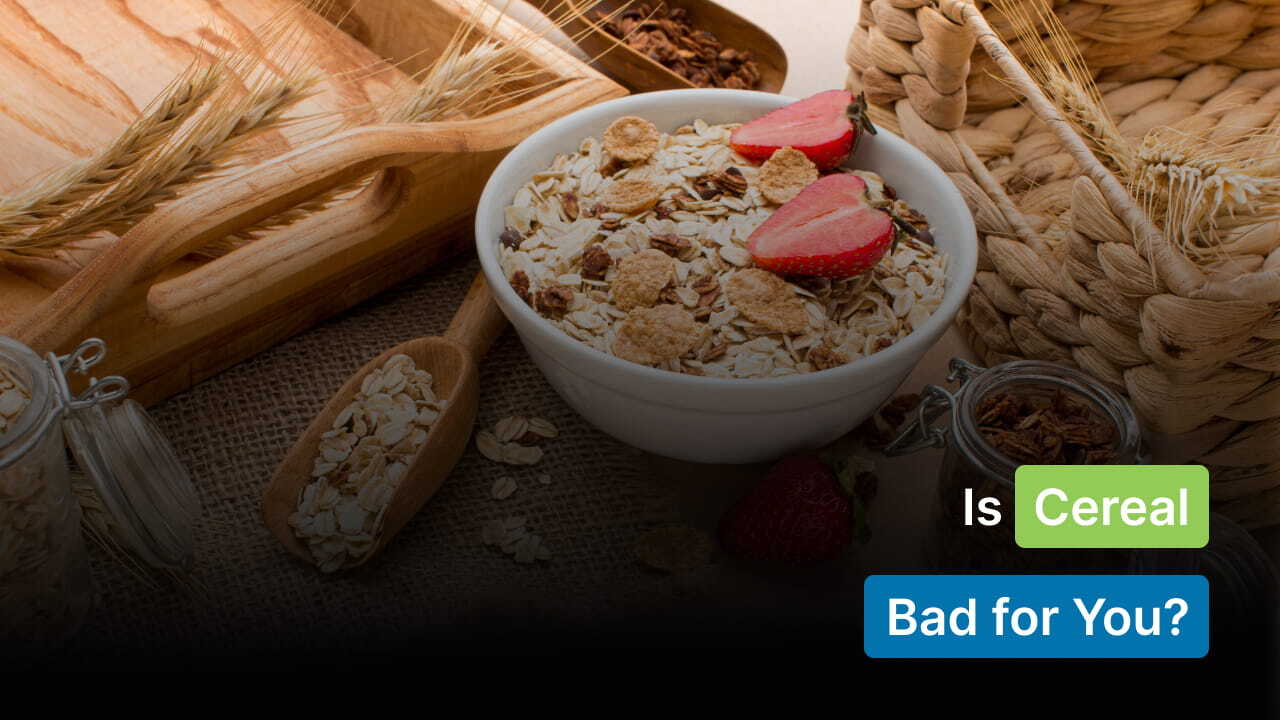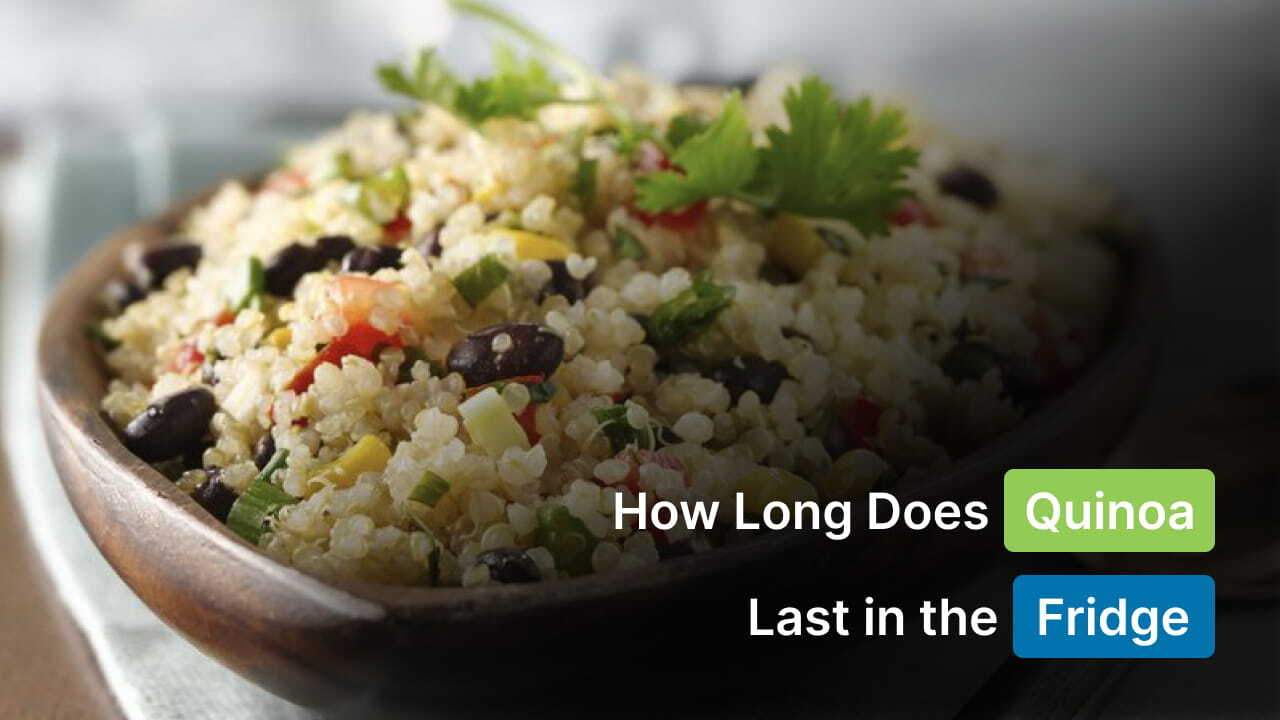
There's a lot of discussion going on about whether to eat brown rice or white rice. Which one is more healthy and nutritious?
Well, there's not much difference between them. The truth is that both can be valuable sources of nutrition and are included in a healthy diet. However, the reality is that the nutritional value of these two rice varieties is the key determinant.
Nearly 20% of the global calorie intake is connected to rice grain, making it one of the most vital foods globally. Over 3.5 billion people heavily rely on rice as a staple in their daily diet.
Despite the multitude of rice varieties available, depending on how manufacturers process them, they fit into two major groups: White or brown rice.
Contrary to the belief that white rice is a bad and unhealthy grain that must be avoided, you might be surprised when you actually compare its nutritional values to that of brown rice.
Read this blog to learn more about the detailed comparison of brown vs. white rice so you can make the best and healthy choice for you.
Overview of Brown Rice
In countries where rice is a staple food, both brown and white rice are widely consumed, with preferences often influenced by cultural and dietary factors.
Brown rice is a whole grain consisting of three parts:
- The germ: fibrous outer layer
- The bran: middle layer
- Endosperm: Starchy center
The bran and germ contain most of the vitamins and minerals in the grain. These two layers get removed when manufacturers produce white rice, and that's why brown rice is considered the healthier choice.
When looking for a more nutritious option for white rice, brown rice is a popular choice due to its chewy texture and nutty flavor. However, since the bran is intact, brown rice takes longer to cook (almost twice as long as white) and is likely to have a nutty consistency.
Let’s explore some of the health benefits of brown rice:
Health Benefits of brown rice
i) High fiber
Brown rice contains 3.5 grams of fiber per cup, which is 14% of the USDA's recommended daily intake. Research shows that fiber and phytonutrients are helpful to the gut microbiome, immune system, and heart health.
Fiber offers several digestive benefits, including reducing constipation and removing toxins and other harmful substances to maintain bowel health.
ii) Nutrient-rich
As stated before, brown rice is a whole grain and is a great source of b vitamins, manganese, and potassium. Since brown rice is a complex carbohydrate, it is likely to provide high fiber other minerals, and energy compared to white rice.
iii) Rich in antioxidants
The outer layer of brown rice, called bran, contains several potent antioxidants, which may help neutralize harmful free radical molecules and lower inflammation in the body.
Because of their antioxidant properties, brown rice can be beneficial in preventing chronic health conditions such as cancer.
iv) Boost weight loss
One of the first things to be cut out from your diet when trying to lose weight is white rice, as it's more difficult to digest and full of starch.
Brown rice makes you feel fuller since it is full of fiber. Yes, high-fiber foods make you feel fuller on fewer calories because they take longer to digest. Hence, you'll eat smaller portions, which will be expelled more easily than white rice.
This helps improve your satiety, which in turn helps you lose weight. Research shows that the consumption of brown rice has been significantly linked to weight loss.
v) It helps lower blood sugar
Brown rice has high magnesium and fiber content, which help with blood sugar regulation. Additionally, brown rice has a lower glycemic index (GI) than white rice, meaning it doesn't cause your blood sugar to spike after you eat.
The glycemic index (GI) of a food assesses how quickly it raises blood sugar levels.
Further, it has been categorized as a low-GI food, and studies have shown daily consumption can reduce the risk of diabetes by 60%.
Brown rice has a GI of about 50, whereas white rice has a GI of 89. This suggests that white rice raises blood sugar levels considerably faster than brown rice.
vi) Improve cardiovascular health
Several studies have shown that eating brown rice improves heart health by 22%. Brown rice is high in dietary fiber, which may lower your chance of death from heart disease.
Furthermore, the magnesium content of brown rice makes you less susceptible to heart attacks and other cardiac diseases.
Disadvantages of Brown Rice
The only disadvantage of having brown rice is its digestibility. Due to its thick texture, brown rice can be quite difficult for the body to digest than white rice.
Phytate, an antinutrient contained in brown rice, can make it difficult to digest since it inhibits your body's capacity to absorb certain minerals from meals.
Overview of White Rice
White rice is basically a refined and processed version of brown rice. The two layers or coating of the original grain are removed, leaving the starchy endosperm behind.
This increases its cooking quality, shelf life, and flavor but decreases its nutritional value. Consequently, the processing destroys most of what makes rice healthy for us, such as vitamins, minerals, and fiber.
Other research has found that eating more white rice can be associated with metabolic syndrome, which is a cluster of symptoms that can include obesity, high blood pressure, high cholesterol, and larger weight circumference.
So be careful not to eat much white rice. You can take the alternative for brown rice.
White rice is softer, cooks faster, and is often less expensive. Further, the downside is that white rice loses the majority of the nutrients when the coating is stripped.
Let's move on to the health benefits of white rice.
Health Benefits of White Rice
i) Filled with fiber
Despite the fact that fiber is not added back into the grain, brown rice merely gives a few additional grams of fiber. One cup of rice contains about 0.6 grams of fiber, as the bran and the germ have been stripped off.
ii) Low in calories
White rice is low in calories yet healthy. Avoid cooking the rice with butter and oils if you don't want to add fat. A cup of cooked white rice has about 200 calories in it, and if you like the flavor of it coupled with veggies or lean protein, it can help you maintain a healthy diet.
iii) Quick energy source
White rice is rapidly converted into energy, making it an ideal choice for quick energy replenishment, particularly for athletes and people with high energy demands.
iv) Cultural staple
One of the most significant advantages of white rice is that it is associated with several cultural cuisines. White rice is a staple in Asian traditions, yet it has been stigmatized by diet culture. Although white rice contains less fiber and digests faster than brown rice, it can still be a part of a balanced diet.
v) Easier to cook
White rice is generally easier to cook compared to brown rice. It requires less liquid (water) to cook and can be done in a shorter amount of time. If you're very hungry, one cup of white rice takes half the time that brown rice does to prepare.
vi) Easier to digest
The lower fiber content found in white rice can be easier to digest, especially for individuals with digestive issues.
Disadvantages of white rice
- White rice may lead to an increased risk of developing high blood sugar due to its higher glycemic index (GI) comparatively.
- Since white rice is a processed grain, it will not have the same quantity of certain nutrients as brown rice.
- White rice has less fiber compared to brown rice.
At this point, you've got the basic details of brown and white rice. You can easily distinguish each of them. Now, let's review the actual Brown rice vs white rice.
Brown Rice Vs White Rice – A Quick Insights
Apart from appearance, there are plenty of differences between white and brown rice. White rice is the most commonly consumed type, still brown rice is an in-demand choice as well. Brown rice is brown because it has simply got the bran on it. White rice is just rice with the bran and germ removed.
In terms of cooking, white rice can be your convenient option when you're really hungry or in a hurry. How is it different?
The absence of bran allows the bare endosperm of white rice to absorb water quickly, resulting in a shorter cooking time. Basic white rice recipes typically require only around 15 minutes of boiling.
On the other hand, brown rice requires nearly 50 minutes to cook due to its retained bran layer, despite using more or less the same quantity.
Here’s a quick comparison of Brown Vs white rice:
Brown Rice
- Retains nutrient-rich bran and germ layers.
- High in fiber, aiding digestion, weight management, and blood sugar control.
- Abundant in essential vitamins and minerals.
- Brown rice has a lower glycemic index, suitable for stable blood sugar.
- It contributes to satiety and weight control.
- Brown rice, with bran and germ, may be slightly harder to digest.
White Rice
- Stripped of bran and germ, minimizing nutrient content.
- Lower in fiber, impacting satiety and digestion.
- Some varieties are enriched but do not match the natural nutrient composition
- White rice has a higher glycemic index, offering quick energy.
- White rice is gentler on the stomach and easily digestible.
Brown Rice vs White Rice Nutrition
Here's a breakdown of the nutritional value of 1 cup of each rice:
| Nutrient | White Rice | Brown Rice |
| Calories | 242 g | 218 g |
| Fat | 0.391 g | 1.62 g |
| Protein | 4.43 g | 4.52 g |
| Carbs | 53.2 g | 45.8 g |
| Fiber | 0 g | 3.51 g |
| Magnesium | 24.2 mg | 85.8 mg |
| Phosphorus | 68.8 mg | 150 mg |
| Iron | 2.77 mg | 1.03 mg |
| Zinc | 0.774 mg | 1.38 mg |
Caption: Brown rice vs white rice nutrition
Source: USDA
From this table, we can see that the overall health content of brown and white rice is quite similar. We can't deny the fact that brown rice is more nutritious than white rice. Brown rice is high in B vitamins, vitamin E, iron, and polyphenols. B vitamins and iron are frequently added to white rice after milling.
But wait, there's more to it.
There are various whole-grain rice varieties, such as red or black rice. They have comparable nutritional qualities to brown rice.
However, they contain natural color pigments called anthocyanins, which are potent antioxidants and can be a beneficial component of an anti-inflammatory diet. So, it’s best to either choose brown or white rice.
Can we use white and brown rice interchangeably?
Absolutely yes.
While brown rice has a chewier texture compared to white rice, it can serve as the base of a salad, fried rice, or casserole – basically any recipe that calls for white rice.
However, you should keep in mind that the cooking time and liquid content are different for both rice. So, modify your recipes accordingly, using your own judgment to ensure that your foods have the desired consistency and flavor.
Bottom line: Brown Vs. White Rice
All in all, while brown rice has a slight edge over white rice, they are both nutritious and healthy. Brown rice, being more nutrient-dense, offers additional benefits.
Instead of getting bogged down by the brown vs. white rice dilemma, you must go for options that suit your preferences and needs while considering your diet.
That said, there's no doubt that both types of rice can be part of a healthy diet. Brown rice may have a more favorable nutrition profile, but there's nothing wrong with having white rice as a part of a balanced diet. It all boils down to your personal preference!
If you are still concerned or have other queries about what type of rice is best for you, consider speaking to your doctor or a nutritionist.
FAQs
1. What is the best rice to eat every day?
Ans: Nutritionists recommend eating whole grains such as brown, black, or red rice as a part of the daily diet routine. Eating brown rice, particularly, can promote satiety and blood sugar balance and even increase your lifespan by minimizing your risk of cardiovascular diseases.
2. Why should you eat brown rice instead of white rice?
Ans: The primary reason for eating brown rice is that it's a whole grain with the hull, bran, and germ intact. It has a high level of fiber content and other healthy nutrients compared to white rice.
3. Which is healthier, brown or white rice?
Ans: Brown rice is considered a healthier option, as it contains higher nutrients than white rice. It is more helpful for blood sugar levels, heart disease risk, and weight management.
4. What is the best rice for weight loss?
Ans: Brown rice is the most recommended type of rice for people wanting to lose weight. They are whole-grain, high in fiber, and help boost metabolism.
5. What are the pros and cons of brown rice?
Ans: Brown rice helps keep you full faster than other foods and is a great option for people who want to lose weight. However, the downside is that it's not recommended for people who want to gain weight. Another cons of brown rice is that it has an antinutrient known as phytate, which makes it hard to digest.
Read Also:


























































